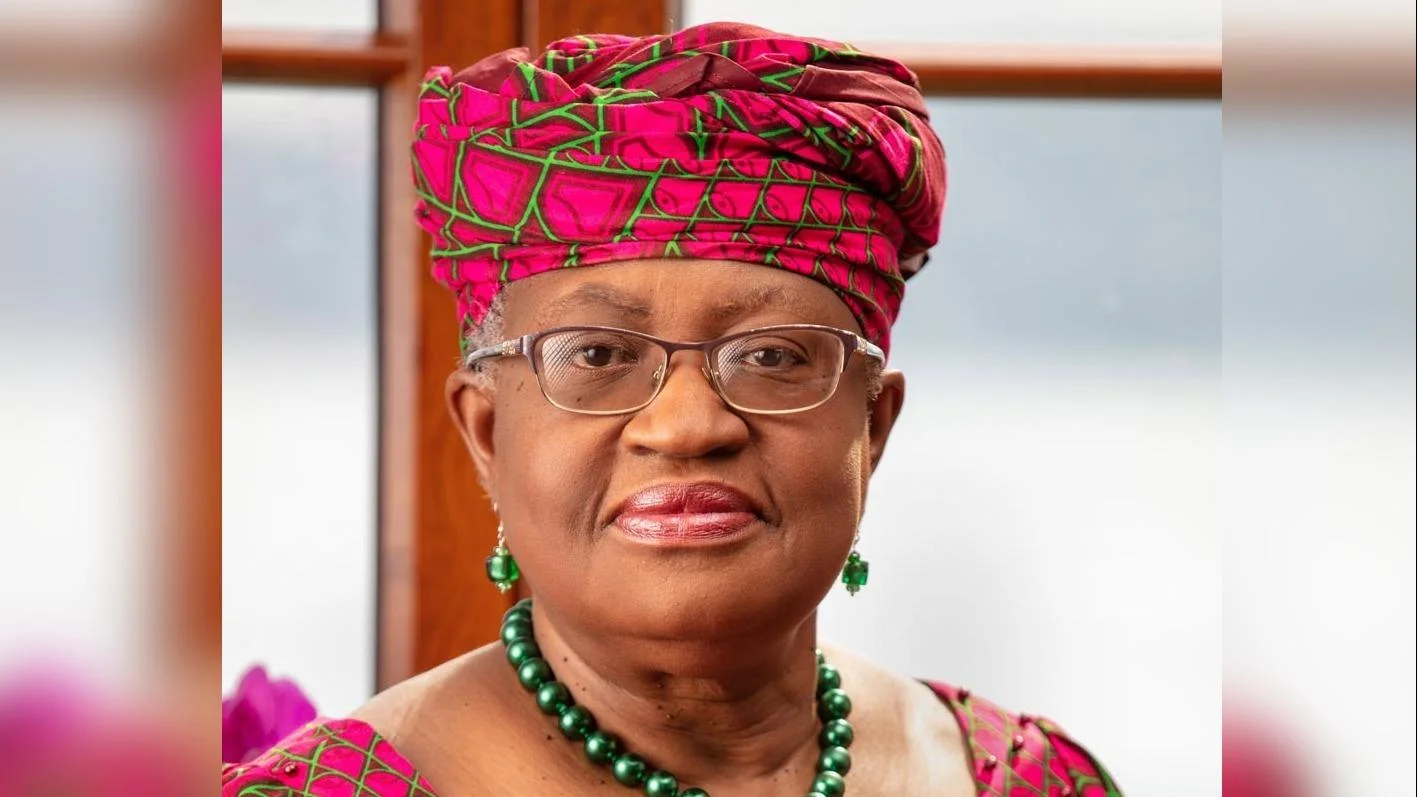Economists from the World Trade Organization (WTO) and International Monetary Fund (IMF) have developed a new tool designed to track global trade policy activity. The WTO-IMF Trade Policy Activity (TPA) index uses a Dynamic Factor Model to synthesize data from a wide range of economies and products, providing timely insight into shifts in international trade policies.
The TPA index is primarily based on information drawn from the WTO’s Trade Monitoring Database (TMDB) and supplemented by data from the Global Trade Alert. According to researchers, trade policy activity remained relatively steady for over ten years but saw a notable increase beginning around 2019–2020. This rise reflects the growing use of trade policy measures for broader objectives such as environmental sustainability, industrial policy, or security.
The index also captures cyclical patterns and significant events impacting global trade. These include US-China tariffs imposed between 2018 and 2019, disruptions caused by the COVID-19 pandemic in 2020, the onset of the war in Ukraine in 2022, and recent tariff impositions.
While tracking overall trends, the TPA index highlights differences among categories of measures. For example, following implementation of the WTO's Trade Facilitation Agreement in 2017, there was an observable increase in trade-facilitating actions compared with other types of measures. During crises like COVID-19 and the start of conflict in Ukraine, many countries adopted more facilitating measures to address shortages in goods such as medical equipment and raw materials.
The new indicator has demonstrated consistent results across different analytical specifications. Researchers suggest it could address gaps in current trade policy monitoring by consolidating dispersed information sources and providing policymakers with early warnings about potential shifts.
To improve real-time analysis capabilities, authors propose incorporating high-frequency data techniques to “nowcast”—or estimate—the indicator up to present periods despite typical reporting lags. Initial findings using these methods indicate continued increases in trade policy activity through September. The team anticipates further testing may enhance its usefulness as a regular monitoring tool updated by WTO and IMF economists to support transparency and informed dialogue among stakeholders.
"With more testing and extensions being considered by the authors, the TPA index could become a valuable tool in global trade policy-monitoring and be updated by WTO and IMF economists in support of enhanced transparency and dialogue," according to researchers Centorrino, Diakantoni, Keck, Ruta, Sztajerowska, and Wei.

